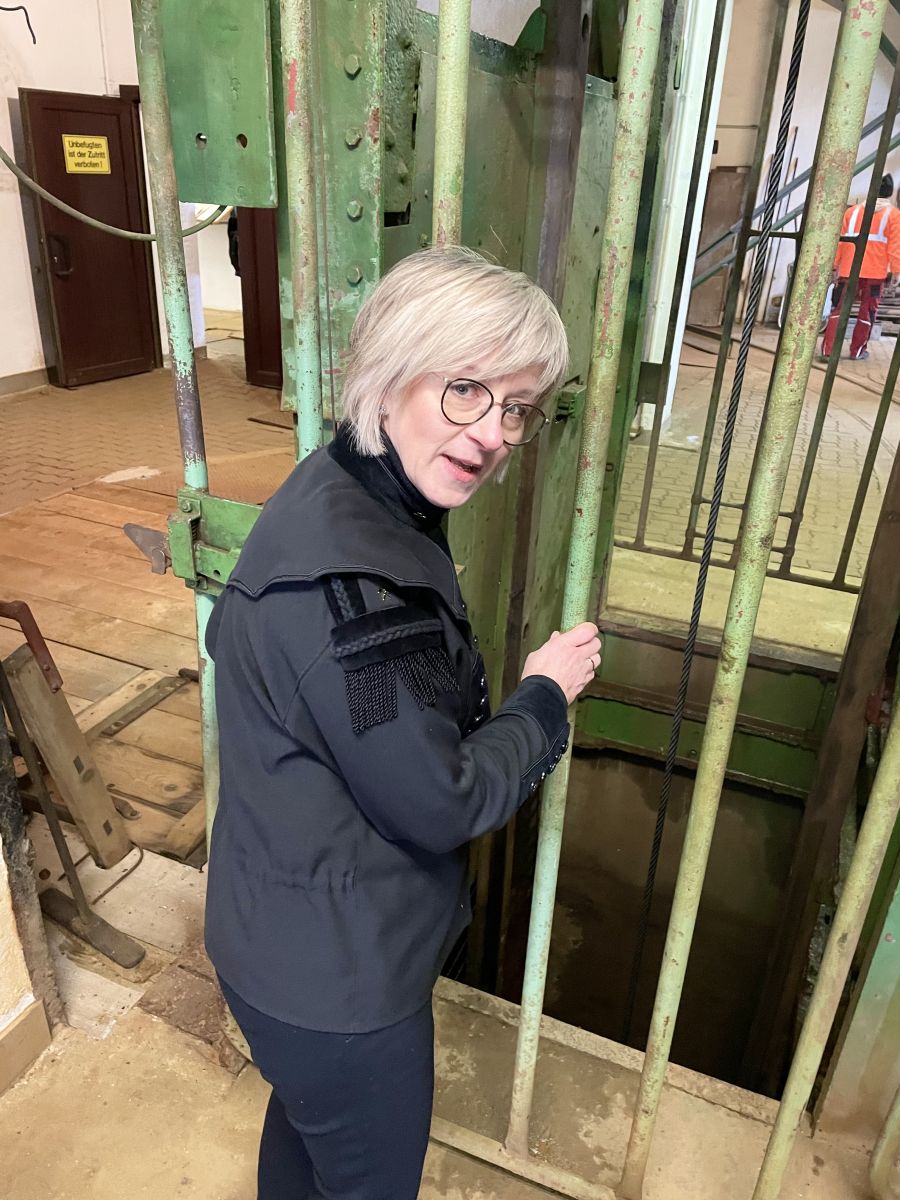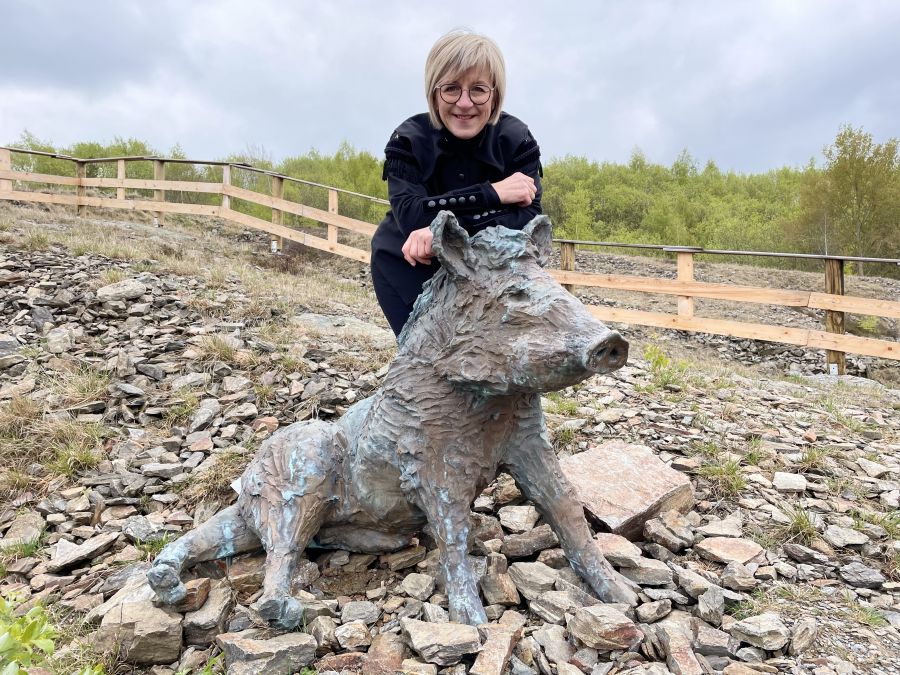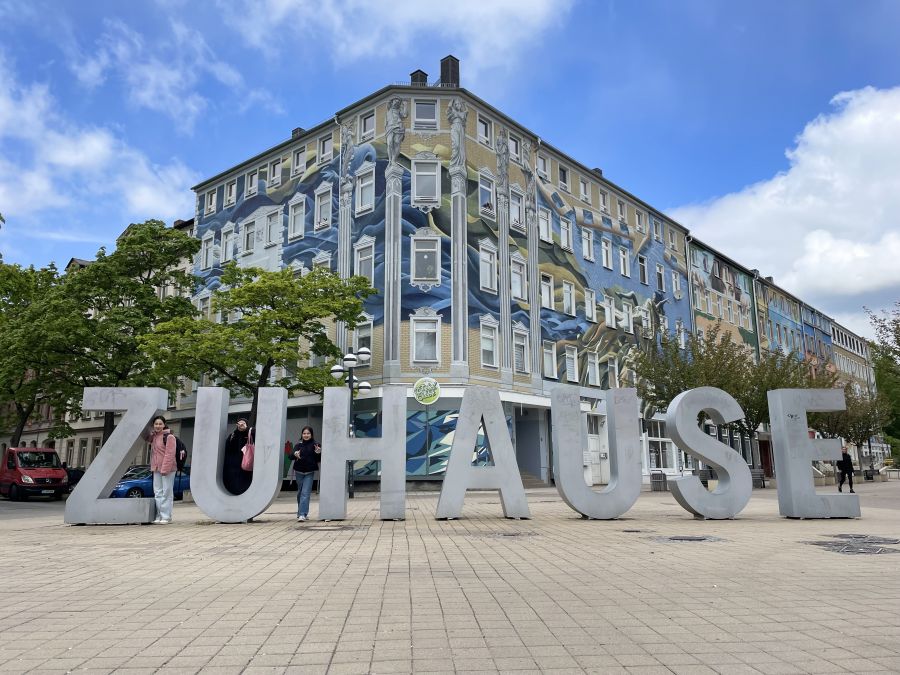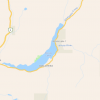It’s deep, it’s dark, it’s eerie, it's fun.
It’s 100 metres down the shaft at the Sauberg Mine in Ehrenfriedersdorf, Germany.
We’ve arrived at this incredible subterranean Ore Mountains destination on the same cable-car elevator that tin miners used to take to work.
But, since the mine was abandoned in 1990 and eventually reopened as an attraction, it’s tourists who now descend to the depths in this specialized cage elevator operated by a motor attached to a massive, noisy spool of burly, braided metal cable.

In the mine shaft tourists can wander around in the murk, ride a small tram and even have a play at drilling for tin ore.
It’s a unique way to give tourists a thrill and teach them about the Chemnitz region’s colourful mining history and culture.
After all, mining, even if it’s now defunct, is part of Chemnitz’s culture and Chemnitz has earned the European Union’s esteemed European Capital of Culture title for 2025.

Chemnitz, population: 250,000, was also the host city for this year’s Germany Travel Mart, a huge conference for the country to promote itself to media and tour operators.
As well, it was an opportunity for Chemnitz to show off what it has and what it has planned for its reign as European Capital of Culture.
Besides plunging 100 metres toward the Earth’s core, that also means 1,000 events and 120 projects throughout the year from castle visits, reflecting on its East Germany history, a myriad of sculpture installations, concerts, art exhibitions and festivals (including a chocolate one, yum), car races, wine, sports, opera, ballet, high tech and small business.

“It’s an invitation for everyone to come here and leave some of their money,” said Veronika Hiebl from the Chemnitz 2025 Committee with a laugh.
“Our motto is: C the Unseen, and up to now Chemnitz is the unseen, waiting to be discovered.”
The European Capital of Culture title can go two ways – to a famous destination like Amsterdam, Athens or Glasgow or to a lesser-known city that wants to put itself on the map like Graz, Austria or Mons, Belgium.

When the region was part of East Germany from post-Second World War 1948 to German reunification in 1989 when the Berlin Wall fell, Chemnitz’s name was changed by the socialist party to Karl-Marx-Stadt to honour the communist philosopher and economist.
Karl Marx never actually visited Chemnitz, but a 40-ton, bronze bust sculpture of him 7.1 meters high on a 4.5-metre platform remains the city’s most famous landmark.

Germany is literally littered with castles – 25,000 across the nation and hundreds of them in Saxony surrounding Chemnitz.
In German, the word for castle is ‘schloss.’
So, we went schloss hunting with Chemnitz-Zwickau-Region marketing manager Benjamin Schreiter, who did double-duty as guide on the Valley of Castles tour.
%20(2).jpg)
We hit up three castles – the former residence of the Schonburg-Waldenburg princes, Schloss Waldenburg; a former summer home of the Prince of Saxony, Schloss Rochlitz; and the former seat of the Count of Schonburg, Schloss Rochburg.
Rather than being the setting for the shenanigans of aristocracy, the castles today are regal tourist attractions where you can dine and drink Riesling at on-site restaurants, see a concert, host a conference or get married.
“Castles are not relics of the past, but vibrant hubs of cultural activity,” said Schreiter.
“So, this area has been well-positioned for centuries as a cultural capital and being the European Capital of Culture next year helps put a label on it.”

Chemnitz is located in northeastern Germany, a one-hour train ride from the nearest airport in Leipzig or a five-hour train from the international hub of Frankfurt.
Lufthansa, Air Canada and Condor fly between the German cities of Frankfurt and Munich and the Canadian cities of Vancouver, Calgary, Toronto, Montreal and Halifax.
Check out www.germany.travel.













%20(2).jpg)









